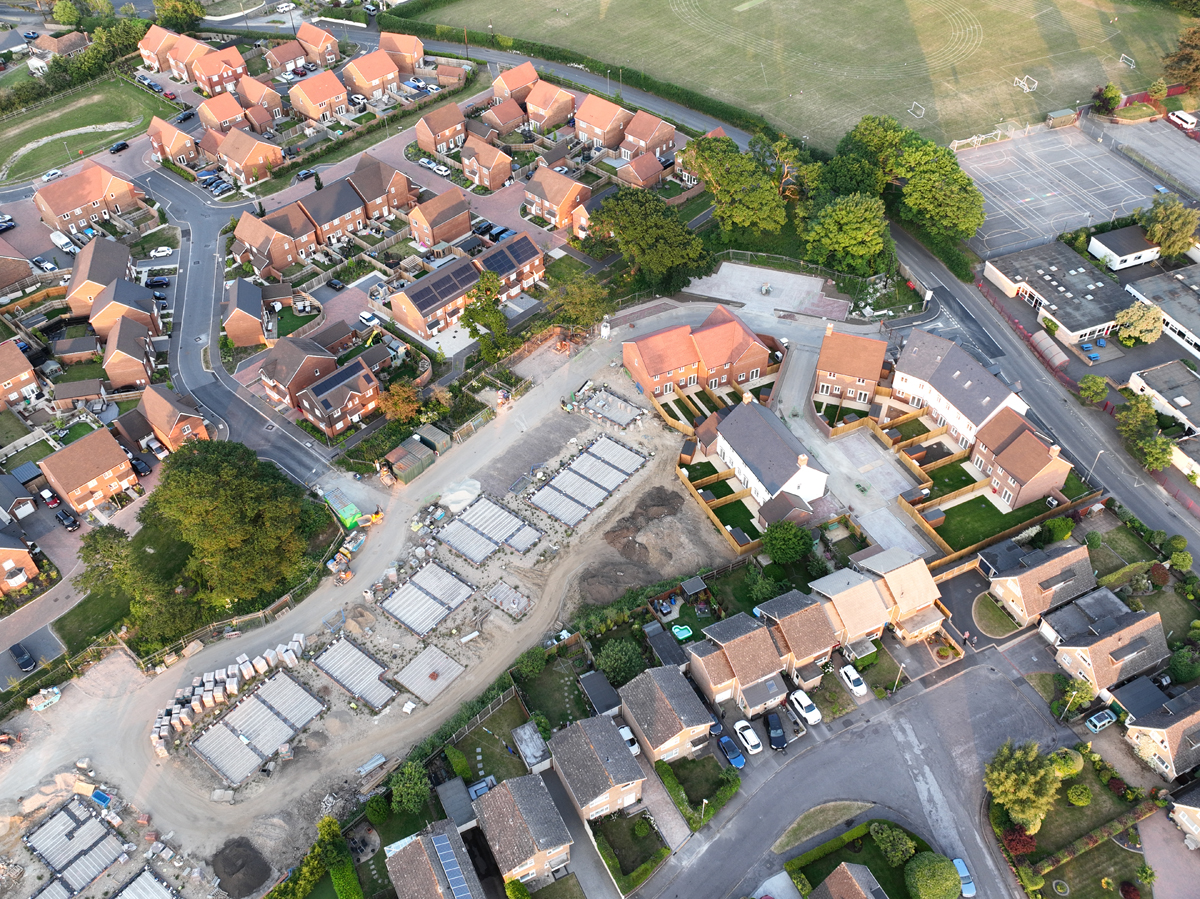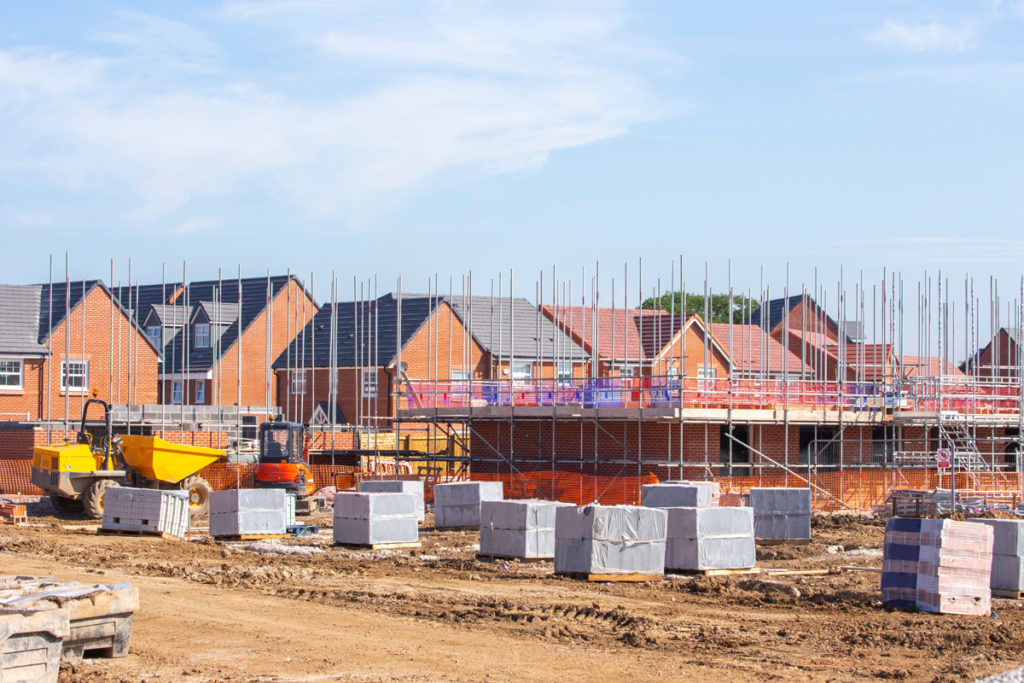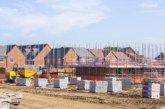
Simon Coop, senior director, Lichfields, reports on how viability is the key ensuring that new housing can be delivered. Recently published data has revealed that the UK housebuilding activity has fallen by the fastest rate since the start of the COVID-19 pandemic. This decline has been exacerbated by rising mortgage rates and a subdued market but there is a deep concern that the changes to the NPPF that were proposed in the Government’s consultation document result in even deeper reductions.
Recently published data has revealed that the UK housebuilding activity has fallen by the fastest rate since the start of the COVID-19 pandemic. This decline has been exacerbated by rising mortgage rates and a subdued market but there is a deep concern that the changes to the NPPF that were proposed in the Government’s consultation document result in even deeper reductions.
At the heart of the matter relating to the housing crisis are questions relating to how many new homes do we need, where are they required and how can we make sure they can be delivered. Central to that final point is the issue of development viability.
At its most basic level, viability relates to the relative balance between the value generated by a development and the costs associated with its delivery. If a scheme is not viable then, generally speaking, it is unlikely to come forward. The issue of development viability has long been an important consideration in the planning system with the focus tending to have been on whether specific policy requirements (for example, relating to affordable housing provision of Section 106 contributions) can be sustained.
Planning policy in England and Wales now seeks to front-load all consideration of development viability so that it is given a much greater emphasis at strategic plan preparation stage. By placing viability at the heart of the plan-making process, the assumption is that developments that accord with the strategic plan will be viable. It would be for an applicant to demonstrate why the viability of their development is compromised because of changes in circumstances since the plan was prepared and adopted.
 At a time of continued high inflation – with the cost of building materials still rising, albeit now at a slower rate – house prices stagnating or even falling in many places, and policy expectations increasing, the viability challenge has never been so acute. Coupled with the deepening housing crisis, the need to get any consideration of viability right is greater than ever.
At a time of continued high inflation – with the cost of building materials still rising, albeit now at a slower rate – house prices stagnating or even falling in many places, and policy expectations increasing, the viability challenge has never been so acute. Coupled with the deepening housing crisis, the need to get any consideration of viability right is greater than ever.
In considering viability, planning policy advocates the use of standardised inputs. This was considered in detail by Dove J in the case of R (Holborn Studios) v London Borough of Hackney (2020). Paragraph 63 of that judgment noted that the PPG “makes clear the preparation of a viability assessment ‘is not usually specific to that developer and thereby need not contain commercially sensitive data’.” In the absence of any guidance on the inputs that should be applied, Lichfields’ Fine Margins research provides clarity on the issue.
The combination of viability being front loaded into the plan-making process and the standardisation of inputs has understandably necessitated a change in approach. The ongoing and deepening housing crisis can be overcome. To do so, it will be necessary to bring an adequate supply of high-quality homes, of the right types and tenures, and in the right places. Ensuring that those developments are viable will be essential to their delivery. Viability now lies at the heart of the planning process and needs to be given due regard from the earliest stages of site promotion.
Want to know more?
For more information about Lichfields, click here




